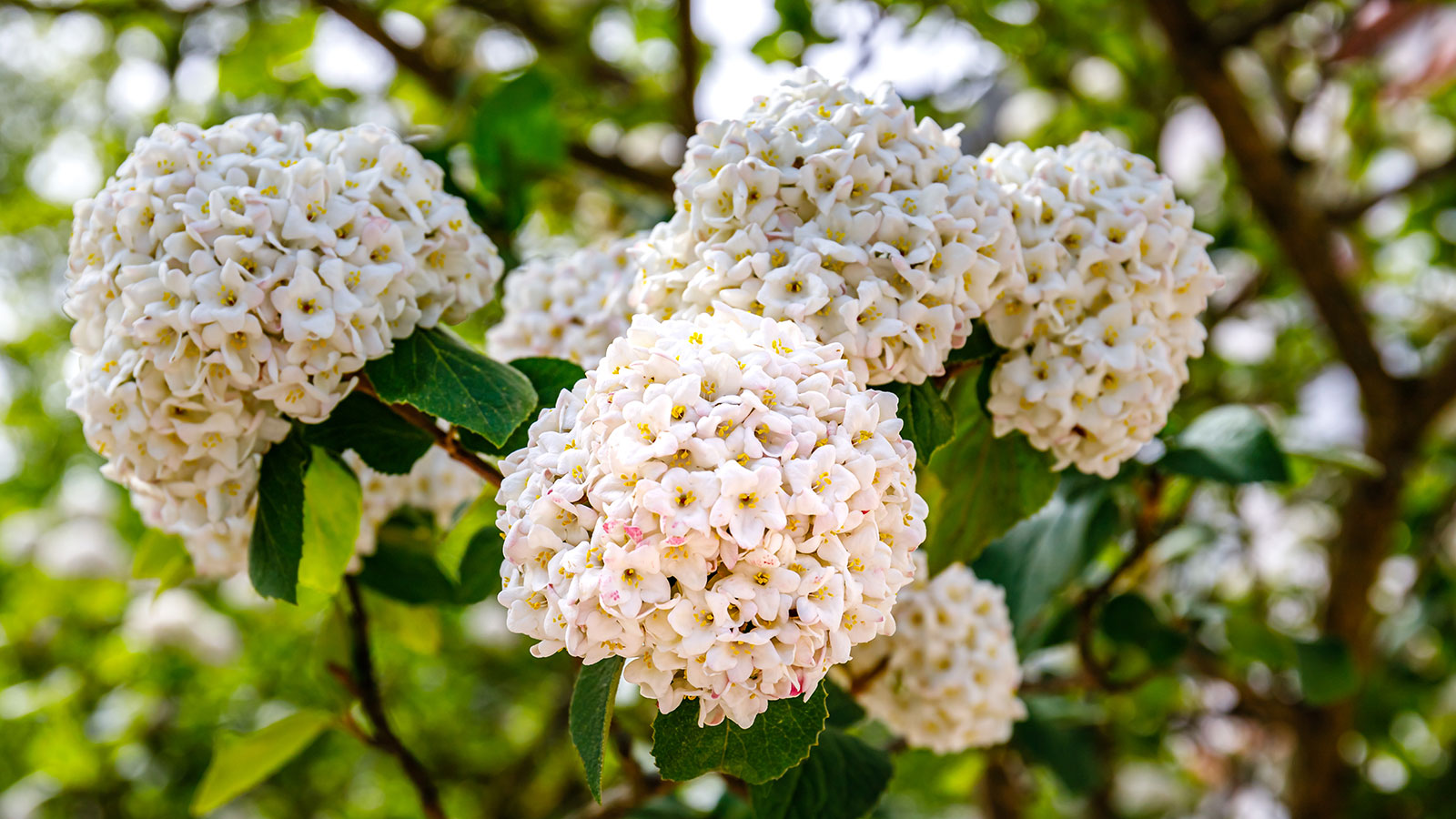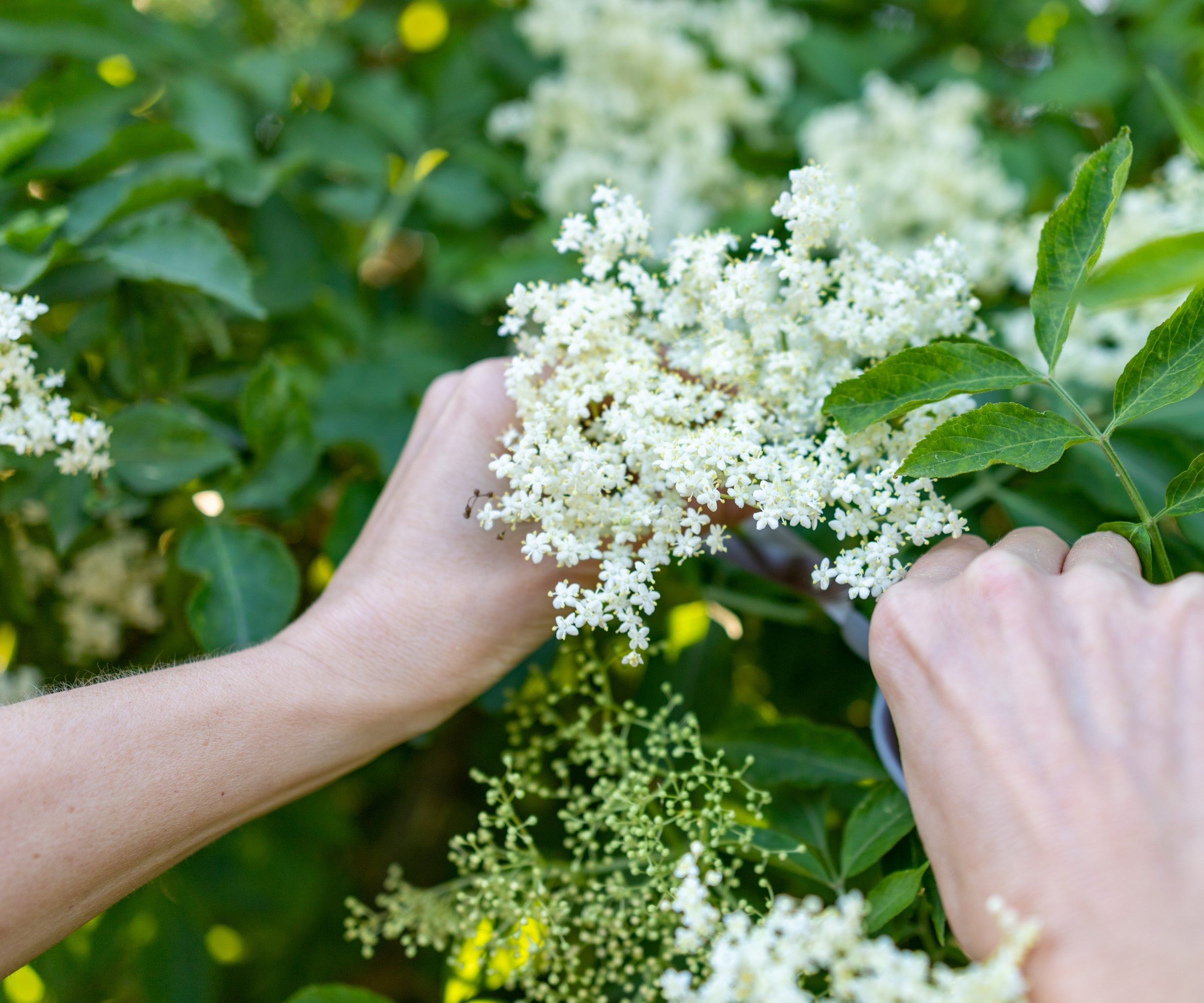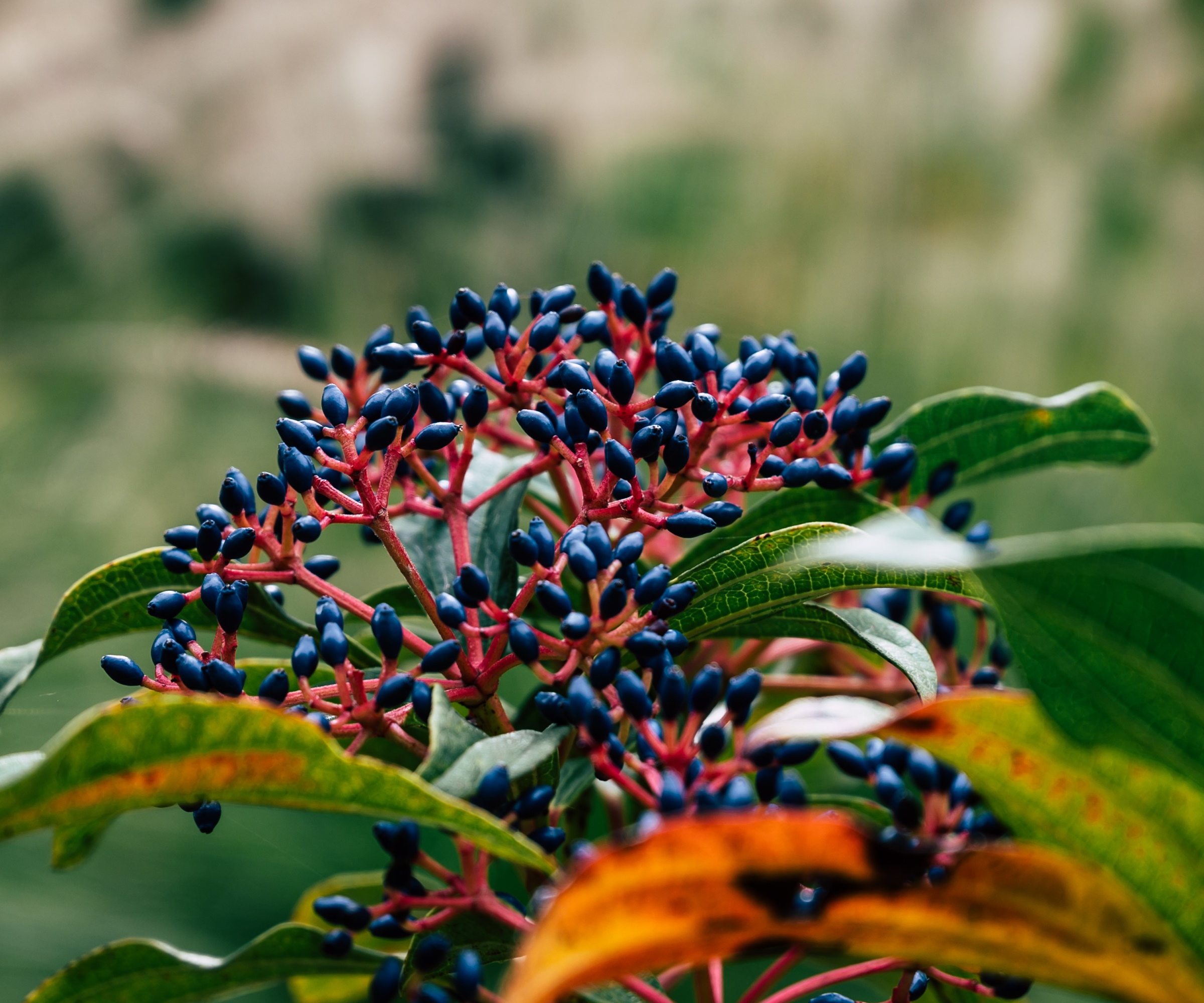
Viburnums are one of those shrubs I find myself recommending over and over again, not least because they are adaptable and incredibly easy to grow. But many gardeners wonder whether they need to deadhead viburnum flowers once the blooms start to fade.
In my experience, deadheading viburnum isn’t strictly necessary, especially because they bloom on old wood and aren’t going to throw out extra summer flowers just because of a trim. In addition, if you enjoy berries in fall and winter, you will want to leave the old flower stalks in place.
As someone who’s grown viburnums in all kinds of spaces, from vast guelder roses in huge estate gardens to shrubby cinnamon viburnums in small and shady urban yards, I can tell you there’s no strict rule here. It is simply down to personal preference. Here's everything I know about how to prune viburnums and get the most out of your plants.

Is it necessary to deadhead viburnum flowers?
Deadheading is often recommended for perennials and annuals to encourage more flowers, but when it comes to some of the bigger and best flowering shrubs, like viburnums, the approach is a little different.
While you’re not going to get bonus blooms from snipping off old flower heads, it does help keep the garden looking fresh and tidy. However, you will be sacrificing those attractive fall and winter berries, so the choice is really up to you.
Here’s my advice on when and how to deadhead viburnum flowers, based on years of hands-on gardening experience.
When and how to deadhead viburnum flowers

Most viburnums will flower between mid-spring and early summer, but the exact timing will depend on where you live and your US hardiness zone. I’ve tended some varieties that seem to bloom and bloom, while others offer just a much shorter window and are finished by April.
Either way, once you notice the petals starting to brown and fade, you can either leave them and enjoy the seasonal shift and berries later in the year, or you can snip.
Much the same as learning how to grow viburnum, deadheading these shrubs is wonderfully simple.
Simply grab a clean, sharp pair of pruning shears or secateurs (I’m a fan of Felco pruners, like these from Amazon), and cut just below the spent flower cluster, right above a pair of healthy leaves.
For smaller or younger shrubs, this can be done in no time. But if you’ve got a mature viburnum, one that’s grown tall and wide, you might not be able to reach them all. Do not fret, however. Remember that it’s perfectly fine to leave the old flowers; the shrub will manage without your intervention.
What's more, you do not have to worry about self-seeding either. Most viburnum shrubs are actually self-incompatible, which means they cannot produce seed unless there is cross-pollination with another viburnum.
There are very few exceptions to this, although one common species is Viburnum opulus, otherwise known as the guelder rose or the snowball bush, which is self-pollinating and can readily produce seed without another specimen.
If those tricky, hard-to-reach blooms at the top of your plant are annoying you, consider using a telescopic pruner, like these Fiskars pole pruners, available from Amazon.
Remember, however, that deadheading viburnums is more about aesthetics than enjoying more flowers or boosting the plant’s health. So, snip if you enjoy it or for the aesthetics, but skip this job if you want to see berries or you’re short on time.
FAQs
Should I fertilize viburnum in spring after deadheading?
In my experience, it is not necessary to feed viburnums. I find they are undemanding shrubs, and can access what they need from the soil. I would suggest annually mulching your borders to improve soil structure, keep weeds at bay and replenish nutrients. So, spare yourself a garden task, and put the fertilizer back in the garden shed.
If you decide to deadhead, be sure to compost any clipped material from your viburnum shrubs. I would advise snipping any stems into smaller pieces, no bigger than two inches or so in length, to improve your composting rate, otherwise, it can take a long while for larger pieces to break down.
For more shrub advice, see our guide on how to deadhead lilac flowers, to keep your yard in tip-top shape this year.
Shop pruning equipment
These high quality F-2 Felco pruning shears are perfect for deadheading your shrubs growing in pots and borders this year. And, with a red handle, you won't easily lose them in the yard.







